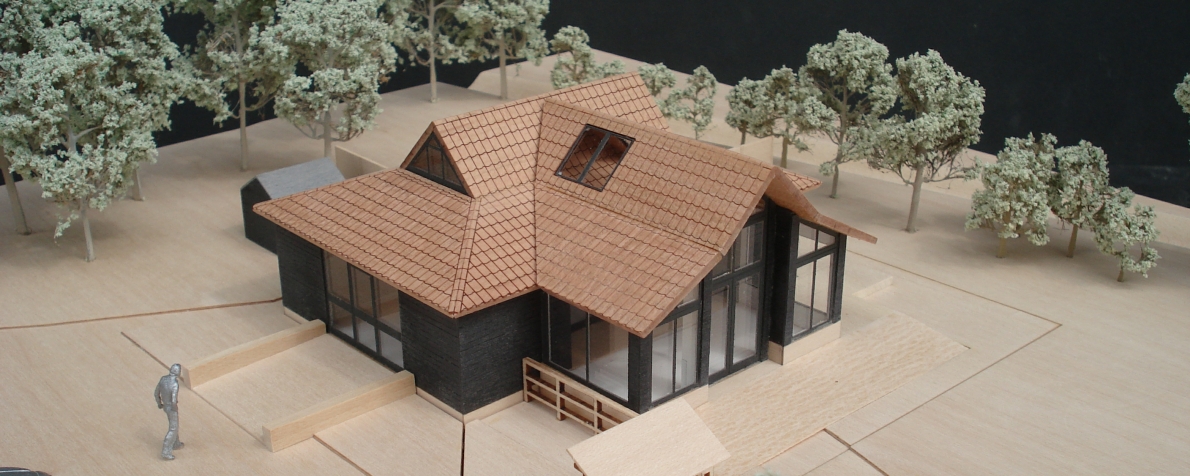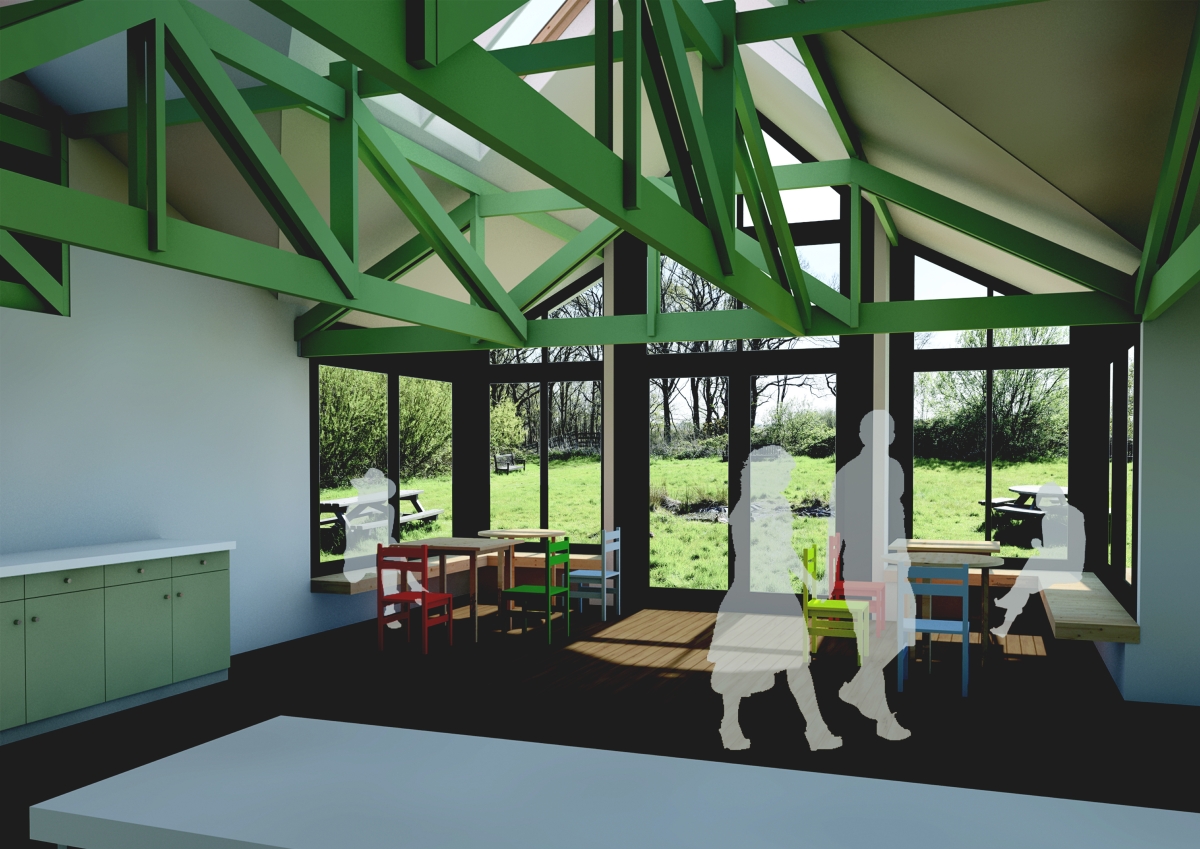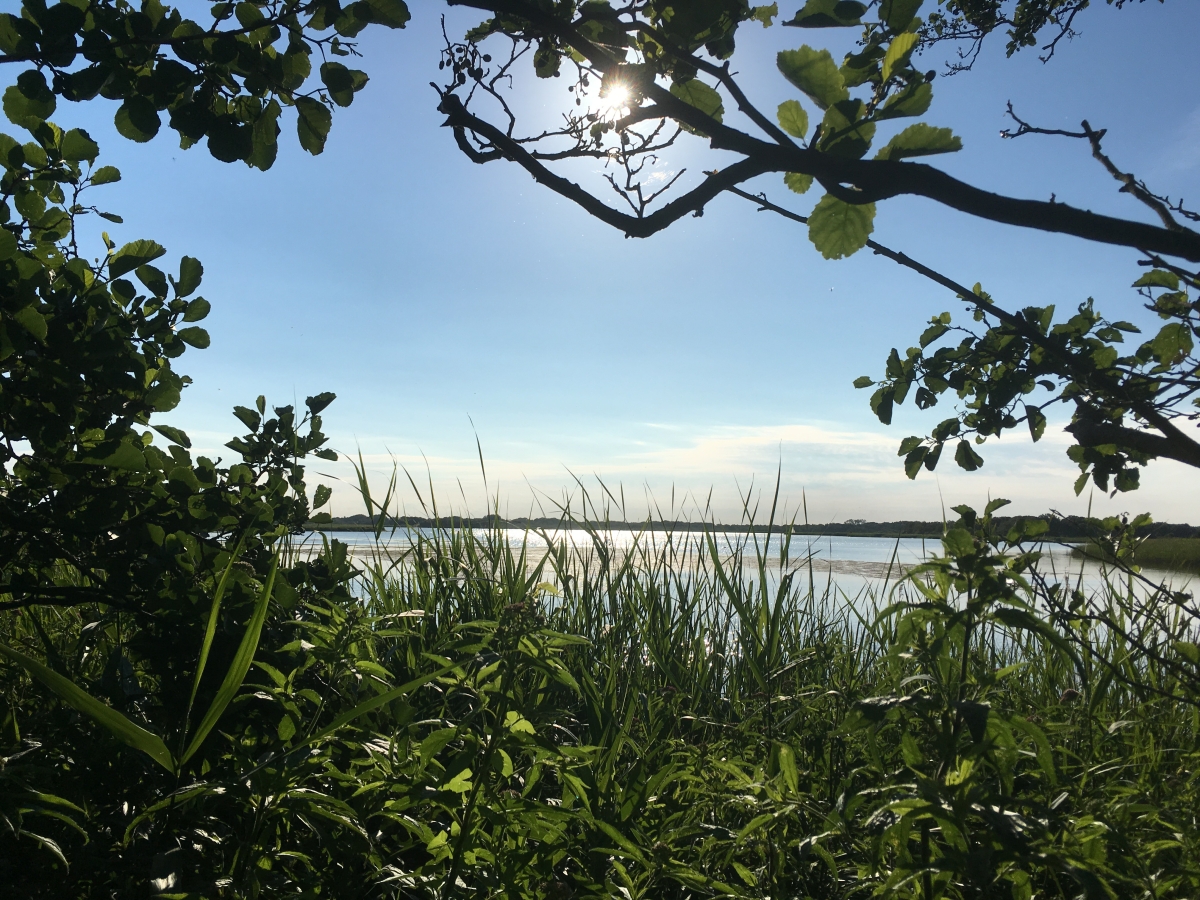News
Plans for Hickling Broad Visitor Centre Approved
Working with our client the Norfolk Wildlife Trust, we have gained planning consent for some significant alterations to the Trust’s visitor centre at Hickling Broad.
Working with our client the Norfolk Wildlife Trust, we have gained planning consent for some significant alterations to the Trust’s visitor centre at Hickling Broad.
Hickling Broad National Nature Reserve is NWT’s largest Broadland reserve at 586 hectares and is part of the Upper Thurne Living Landscape. It is designated as a Special Area of Conservation (SAC) and Special Protection Area for birds (SPA) under the EU Birds and Habitats directives, Ramsar (a site of international importance), NNR, SSSI and is part of the Broads National Park.
The reserve has undergone large scale wetland habitat restoration as part of the long-term Hickling Broad Adaptation Project. This complex conservation and restoration scheme has also increased the resilience of the reserve to the ongoing effects of climate change.
Following the restoration NWT identified the need for improved opportunities for visitors to enjoy and to learn about the Reserve. Specifically, as a result of the alterations and habitat restoration the information and facilities for visitors, both in the visitor centre and on the reserve, now need to be updated.
A key part of this process is the refurbishment and extension of the visitor centre, originally built in 1990, providing improved reception experience, retail display and café space with additional indoor and outdoor seating. Information in the centre will be updated with a mixture of interactive and static displays on the importance of issues such as nature conservation, climate change and environmental sustainability.
The design features a glazed gable with built in seating and seeks to provide a complementary addition to the existing structure, using matching black stained timber cladding and pantile roof.
A number of ecological enhancements are planned including bat boxes attached to a neighbouring tree, artificial Swallow cups within the eaves of the visitor centre, a new pond to capture run-off from the roof and the replanting of a number of hazel trees.
Building work is due to commence at the beginning of November, when the centre normally closes for the winter, to be reopened for business for Easter 2017.
Jeremy O’Rourke, Associate Partner at LSI, commented “It’s been a real pleasure to work on a scheme in one of my favourite locations in Norfolk. The reserve is home to Marsh Harriers, the Common Crane, Cetti’s Warbler, Merlins, Otters and Swallow Tail Butterflies and the elusive Bittern. During the winter the reserve remains open so if you pay a visit during this time, perhaps to see the Marsh Harriers roosting in the reed beds north east of Stubb Mill, you should be able to see work underway.”
Hickling Broad.



